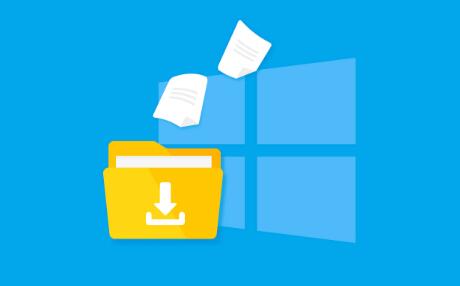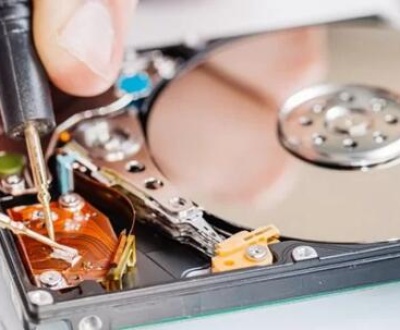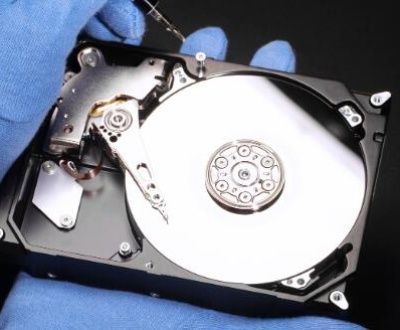Losing important files can be frustrating, whether due to accidental deletion, software corruption, or system crashes. Fortunately, there are several methods to recover deleted files, depending on your operating system and the nature of the loss.
Before diving into recovery methods, it’s essential to understand how file deletion works on your computer. When you delete a file, it typically goes to the Recycle Bin (Windows) or Trash (Mac). If you empty this, the file is not immediately removed from the hard drive; instead, the space it occupies is marked as available for new data. This means that until that space is overwritten, recovery is possible.
Method 1: Check the Recycle Bin or Trash
Windows:
Open Recycle Bin: Double-click the Recycle Bin icon on your desktop.
Search for Files: Browse through the files. If you find the one you want, right-click it and select Restore. This will return the file to its original location.

Mac:
Open Trash: Click the Trash icon in your Dock.
Locate Files: Look for the deleted file. If found, right-click it and choose Put Back to restore it.
Method 2: File History (Windows)
If you’ve set up File History on your Windows machine, you can restore previous versions of your files.
Open Control Panel: Search for and open Control Panel.
Select File History: Click on System and Security, then File History.
Restore Personal Files: Click on Restore personal files. Navigate to the file or folder you want to recover, select it, and click the green restore button.
Method 3: Time Machine (Mac)
For Mac users, Time Machine is a powerful built-in backup solution.
Connect Backup Drive: If your Time Machine drive is not connected, plug it in.
Enter Time Machine: Click the Time Machine icon in the menu bar and select Enter Time Machine.
Browse Backups: Navigate through the timeline to find the file you want. When found, select it and click Restore.
Method 4: Using Command Prompt (Windows)
If you accidentally deleted files from a command prompt, you can try to recover them using the command line.
Open Command Prompt: Search for cmd in the Start menu, right-click, and select Run as administrator.
Use CHKDSK Command: Type chkdsk X: /f (replace X with the letter of your drive) and hit Enter. This command checks for file system errors.
Recover Files: If the command identifies any lost files, follow prompts to recover them.
Method 5: Third-Party Recovery Software
When built-in tools are insufficient, third-party recovery software can provide a more comprehensive solution.
Enter Panda Assistant, a cutting-edge file recovery software designed to empower users in their quest to retrieve lost or deleted data effortlessly. Whether you’ve accidentally erased documents, photos, or crucial project files, Panda Assistant is here to help you reclaim what you thought was gone forever.
Panda Assistant stands out in the crowded landscape of recovery tools with its user-friendly interface, making it accessible for both tech novices and seasoned experts. The software employs advanced algorithms that delve deep into your storage devices, scanning for recoverable files across various formats. Its ability to recover data from multiple devices, including hard drives, USB drives, and SD cards, ensures that you can restore your files regardless of their original location.
With its commitment to security, Panda Assistant ensures that your data recovery process is safe and efficient, giving you peace of mind while restoring your vital files. Embrace the power of Panda Assistant, and turn the frustration of data loss into the satisfaction of recovery. Whether for personal use or professional applications, Panda Assistant is your reliable partner in data recovery.
Method 6: Recovery from Backups
If you have a backup solution in place, such as cloud storage or external hard drives, you can restore deleted files from those backups.
Cloud Storage (e.g., Google Drive, Dropbox):
Log in to your account and check the Trash or Deleted Files section.
Recover files directly from there.
External Backup Drives:
Connect your backup drive and copy files back to your main system.
Best Practices for Data Recovery
Stop Using the Drive: As soon as you realize a file is missing, avoid writing new data to the drive. This prevents overwriting the space where the deleted files might still exist.
Regular Backups: Implement a backup strategy using external drives or cloud services. Regular backups minimize the risk of permanent data loss.
Install Antivirus Software: Keep your system protected against malware, which can cause file corruption and loss.
Educate Yourself: Familiarize yourself with file management and recovery options available on your system to prevent future issues.
About us and this blog
Panda Assistant is built on the latest data recovery algorithms, ensuring that no file is too damaged, too lost, or too corrupted to be recovered.
Request a free quote
We believe that data recovery shouldn’t be a daunting task. That’s why we’ve designed Panda Assistant to be as easy to use as it is powerful. With a few clicks, you can initiate a scan, preview recoverable files, and restore your data all within a matter of minutes.
Subscribe to our newsletter!
More from our blog
See all postsRecent Posts
- Data recovery salt lake city utah 2025-04-18
- Data recovery sacramento 2025-04-18
- Data recovery miami 2025-04-18

 Try lt Free
Try lt Free Recovery success rate of up to
Recovery success rate of up to









